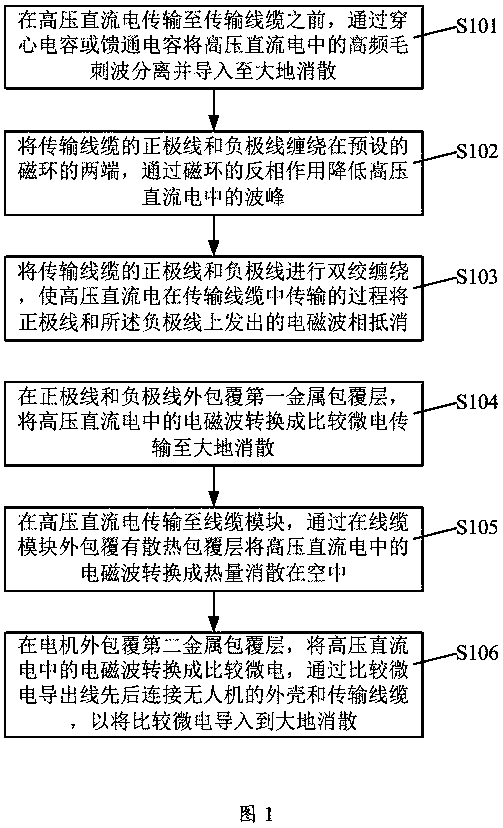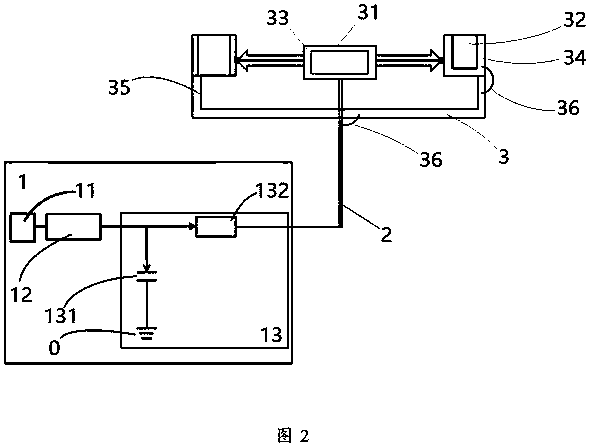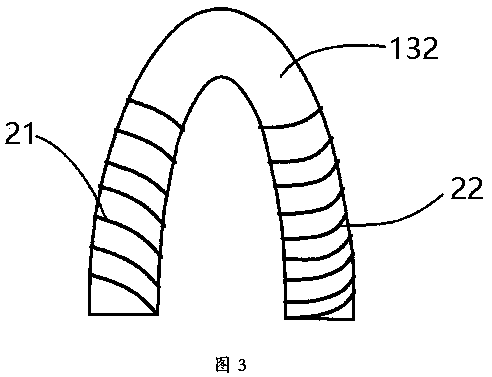A kind of anti-electromagnetic method of tethered UAV and anti-electromagnetic structure of tethered UAV
An unmanned aerial vehicle, anti-electromagnetic technology, applied in the direction of tethered aircraft, unmanned aircraft, electromechanical devices, etc., can solve problems such as safety hazards, affecting the working efficiency of tethered drones, interference, etc.
- Summary
- Abstract
- Description
- Claims
- Application Information
AI Technical Summary
Problems solved by technology
Method used
Image
Examples
Embodiment Construction
[0031] In order to enable those skilled in the art to better understand the solutions of the present invention, the technical solutions in the embodiments of the present invention will be clearly and completely described below in conjunction with the drawings in the embodiments of the present invention. Obviously, the described embodiments are only It is a part of embodiments of the present invention, but not all embodiments. Based on the embodiments of the present invention, all other embodiments obtained by persons of ordinary skill in the art without making creative efforts belong to the protection scope of the present invention.
[0032] In order to solve the problem in the prior art that the tethered UAV cannot accurately receive the flight control signal of the ground workstation due to the interference of the electromagnetic field, resulting in the insensitive control of the UAV, the inability to complete the scheduled task, and the decline in safety, this application A...
PUM
 Login to View More
Login to View More Abstract
Description
Claims
Application Information
 Login to View More
Login to View More - R&D
- Intellectual Property
- Life Sciences
- Materials
- Tech Scout
- Unparalleled Data Quality
- Higher Quality Content
- 60% Fewer Hallucinations
Browse by: Latest US Patents, China's latest patents, Technical Efficacy Thesaurus, Application Domain, Technology Topic, Popular Technical Reports.
© 2025 PatSnap. All rights reserved.Legal|Privacy policy|Modern Slavery Act Transparency Statement|Sitemap|About US| Contact US: help@patsnap.com



